An aeroplane which is scheduled to fly an oceanic sector is due to depart from ? [ Attainment AIM ]
Question 79-1 : Altitude and temperature of the departure airfield maximum zero fuel mass maximum certificated take off mass en route obstacle clearance requirements
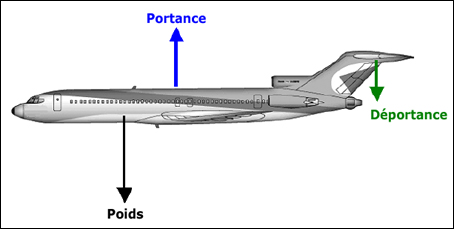 Altitude and temperature of the departure airfield.
Altitude and temperature of the departure airfield. At maximum certificated take off mass an aeroplane departs from an airfield ?
Question 79-2 : A high threshold speed and possible undercarriage or other structural failure a high threshold speed and a shorter stop distance a landing further along the runway than normal a landing short resultant from the increased angle of approach due to the very high aeroplane mass
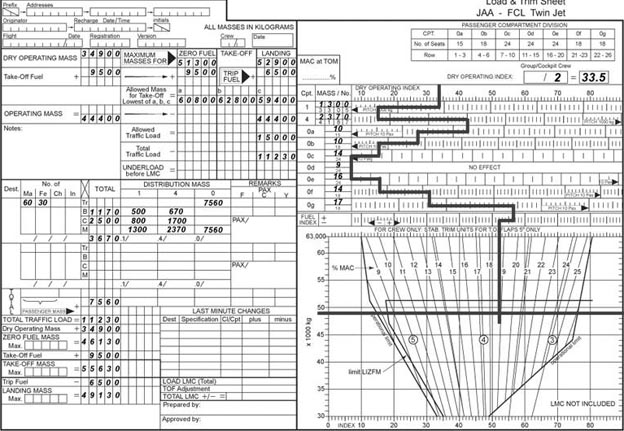 A high threshold speed and possible undercarriage or other structural failure.
A high threshold speed and possible undercarriage or other structural failure. The effect of the centre of gravity cg being close to the forward limit is ?
Question 79-3 : A reduced rate of climb capability an improved rate of climb capability reduced specific fuel consumption decreased induced drag
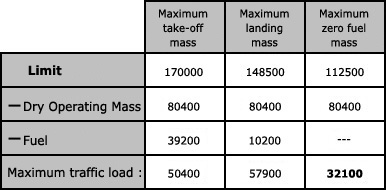 A reduced rate of climb capability.
A reduced rate of climb capability. The maximum zero fuel mass is a mass limitation for the ?
Question 79-4 : Strength of the wing root strength of the fuselage allowable load exerted upon the wing considering a margin for fuel tanking total load of the fuel imposed upon the wing
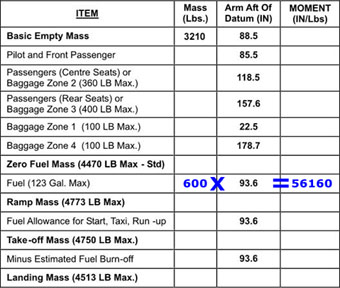 Strength of the wing root.
Strength of the wing root. In order to provide an adequate stall margin in level flight a speed of 1 3vs ?
Question 79-5 : Increased to 191 kt drag will increase and air distance per kg of fuel will decrease unaffected as vs always occurs at the same angle of attack increased to 191 kt drag will decrease and air distance per kg of fuel will increase increased to 202 kt but since the same angle of attack is used drag and range will remain the same
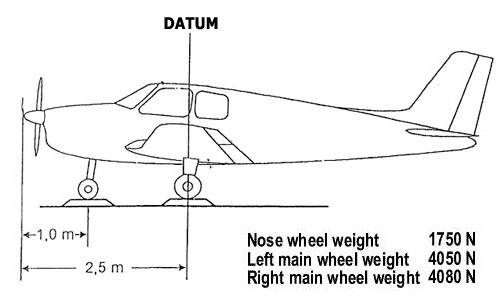 Increased to 191 kt, drag will increase and air distance per kg of fuel will decrease.
Increased to 191 kt, drag will increase and air distance per kg of fuel will decrease. What are the effects of a cg in front of the forward limit .range ?
Question 79-6 : And absolute ceiling decrease and absolute ceiling increase increases and absolute ceiling decreases decreases and absolute ceiling increases
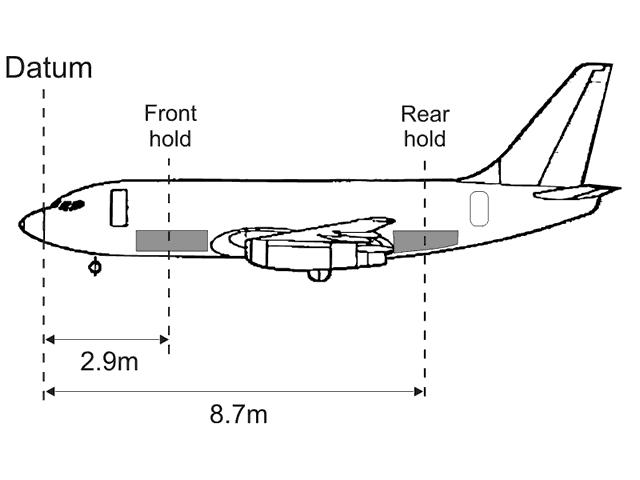 And absolute ceiling decrease.
And absolute ceiling decrease. The centre of gravity of an aircraft ?
Question 79-7 : Can be allowed to move between defined limits is in a fixed position and is unaffected by aircraft loading must be maintained in a fixed position by careful distribution of the load may only be moved if permitted by the regulating authority and endorsed in the aircraft's certificate of airworthiness
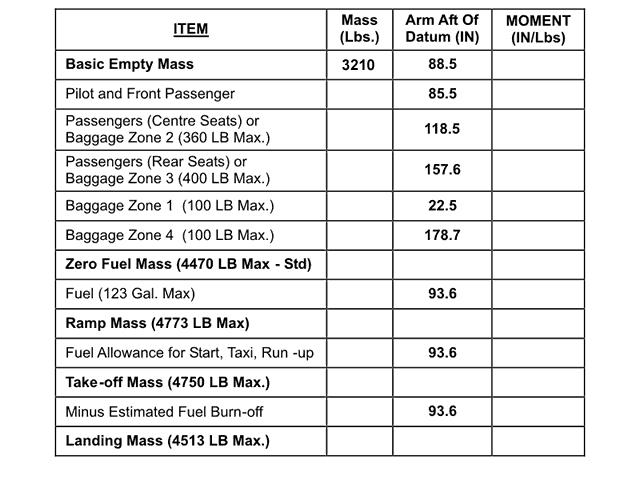 Can be allowed to move between defined limits.
Can be allowed to move between defined limits. Which statement regarding the relationship between traffic load and range is ?
Question 79-8 : The traffic load can be limited by the desired range the maximum traffic load is not limited by the reserve fuel quantity the maximum landing mass is basically equal to the maximum zero fuel mass the maximum zero fuel mass limits the maximum quantity of fuel
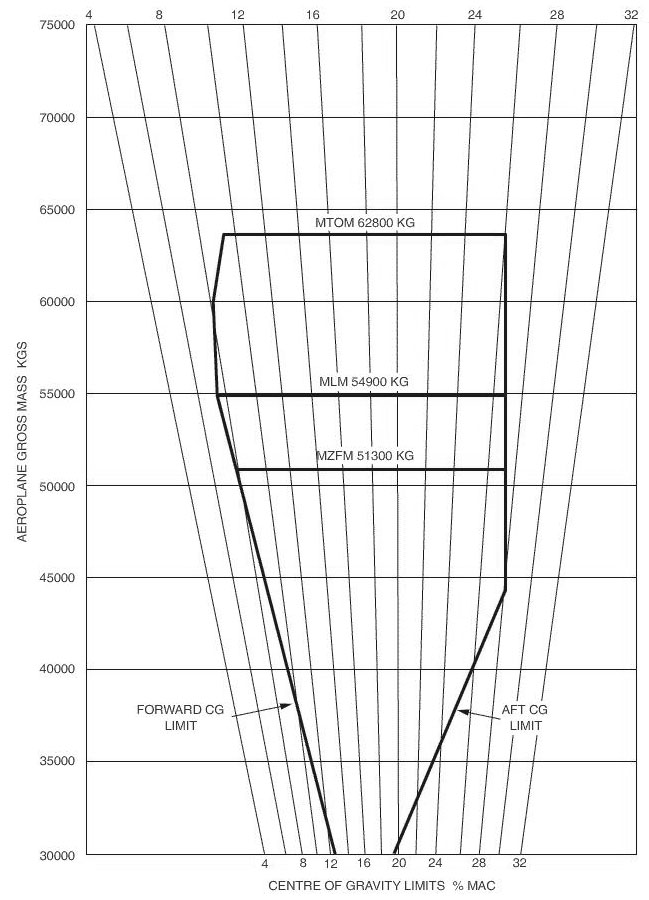 The traffic load can be limited by the desired range.
The traffic load can be limited by the desired range. The term 'useful load' as applied to an aircraft includes ?
Question 79-9 : Traffic load and usable fuel only pilot operating items passengers baggage cargo and usable fuel the revenue earning portion of load plus usable fuel the revenue earning portion of load only
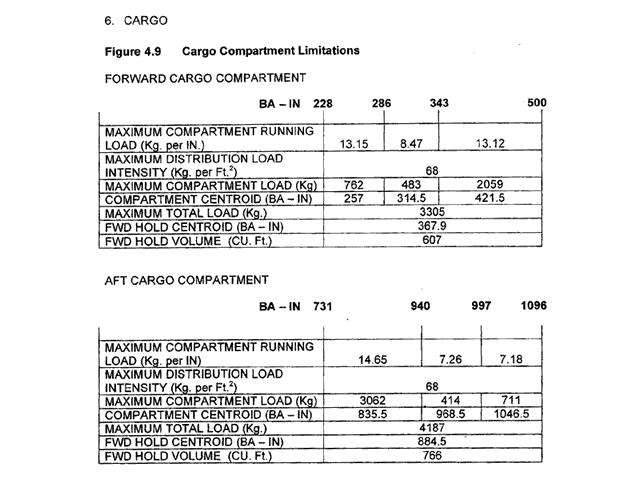 Traffic load and usable fuel only.
Traffic load and usable fuel only. If other factors are unchanged the fuel mileage nautical miles per kg is ?
Question 79-10 : Lower with a forward centre of gravity position independent from the centre of gravity position higher with a forward centre of gravity position lower with an aft centre of gravity position
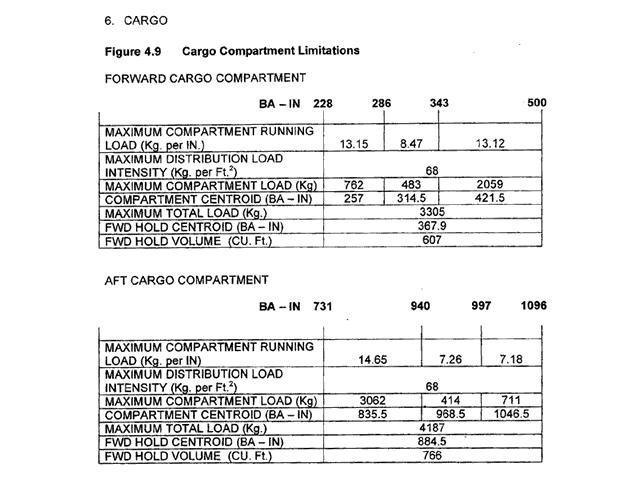 Lower with a forward centre of gravity position.
Lower with a forward centre of gravity position. The stalling speed of an aeroplane will be highest when it is loaded with a ?
Question 79-11 : High gross mass and forward centre of gravity low gross mass and forward centre of gravity high gross mass and aft centre of gravity low gross mass and aft centre of gravity
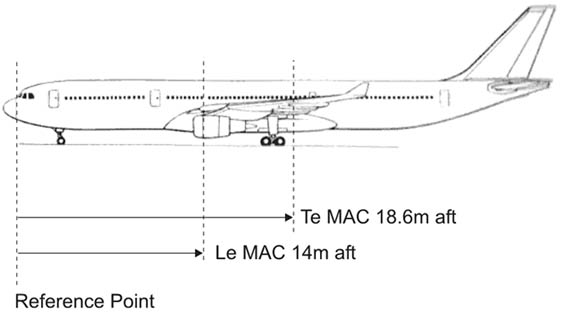 High gross mass and forward centre of gravity.
High gross mass and forward centre of gravity. With the centre of gravity on the forward limit which of the following is to be ?
Question 79-12 : A decrease in range a decrease in the landing speed a decrease of the stalling speed a tendency to pitch up on take off
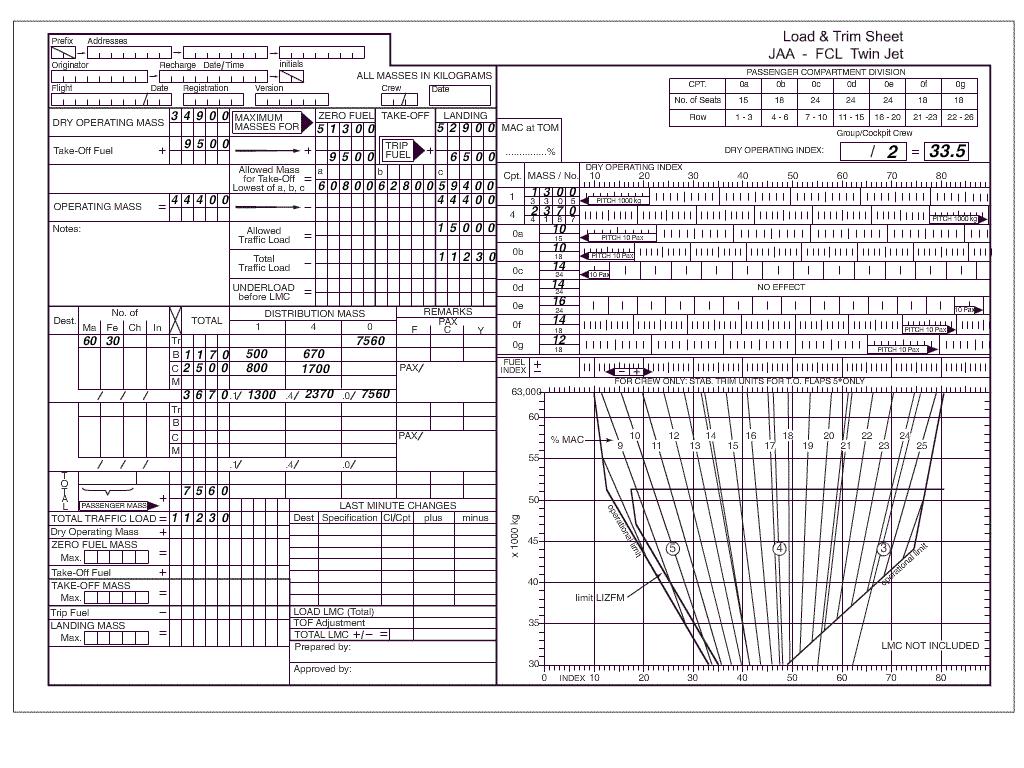 A decrease in range.
A decrease in range. If the centre of gravity of an aeroplane moves forward during flight the ?
Question 79-13 : Heavier making the aeroplane more difficult to manoeuvre in pitch lighter making the aeroplane more difficult to manoeuvre in pitch heavier making the aeroplane more easy to manoeuvre in pitch lighter making the aeroplane more easy to manoeuvre in pitch
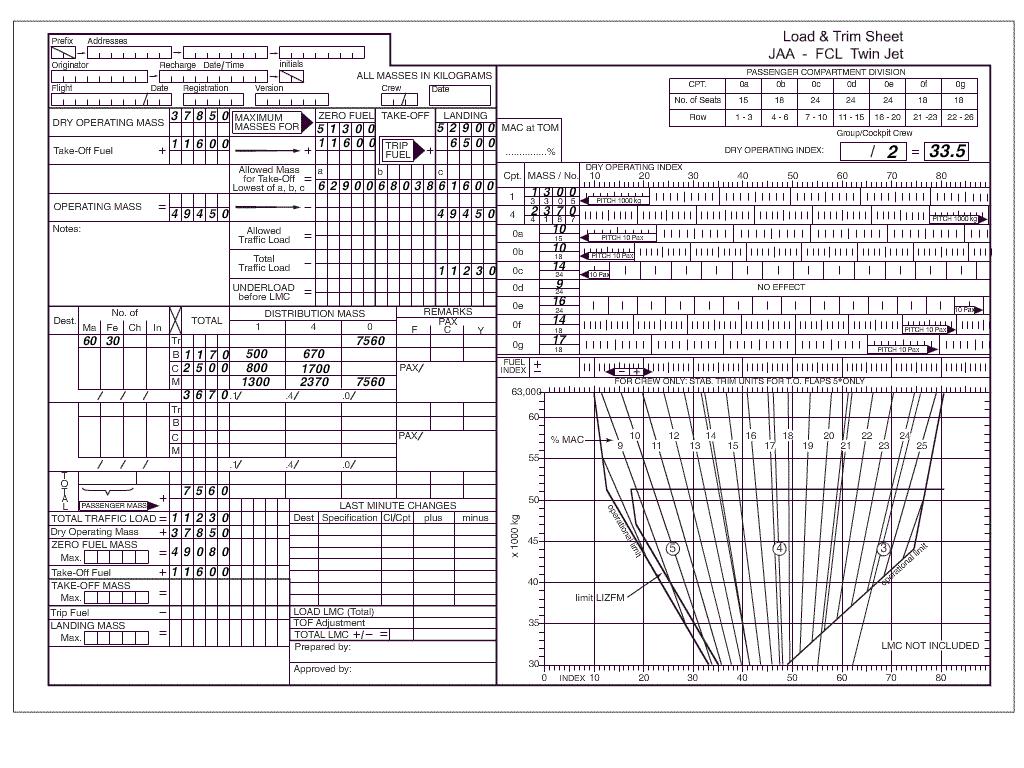 Heavier making the aeroplane more difficult to manoeuvre in pitch.
Heavier making the aeroplane more difficult to manoeuvre in pitch. The determination of the centre of gravity in relation to the mean aerodynamic ?
Question 79-14 : Length of the mean aerodynamic chord and the leading edge length of the mean aerodynamic chord and the trailing edge position of the aerodynamic convergence point position of the aerodynamic centre of pressure
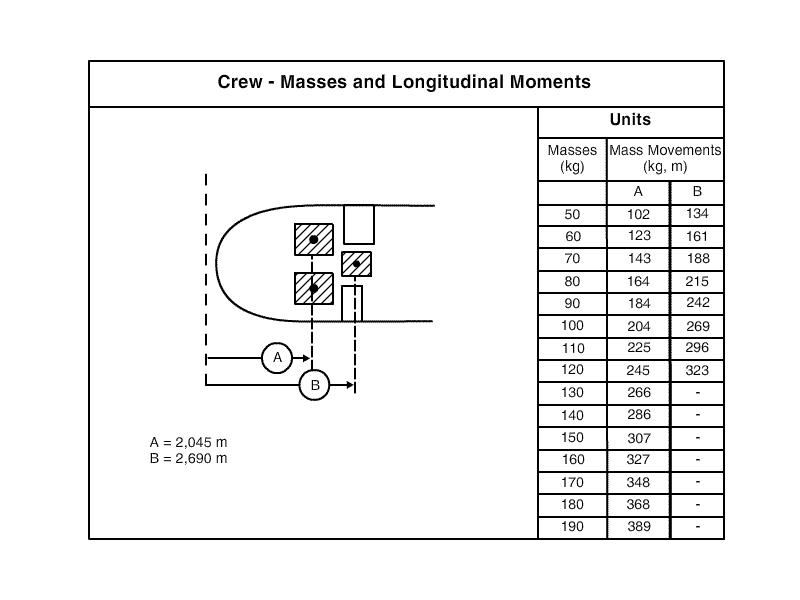 Length of the mean aerodynamic chord and the leading edge.
Length of the mean aerodynamic chord and the leading edge. The maximum zero fuel mass ?
Question 79-15 : Is calculated for a maximum load factor of +2 5 g is calculated for a maximum load factor of +3 5 g can be increased by stiffening the wing imposes fuel dumping from the outer wings tank first
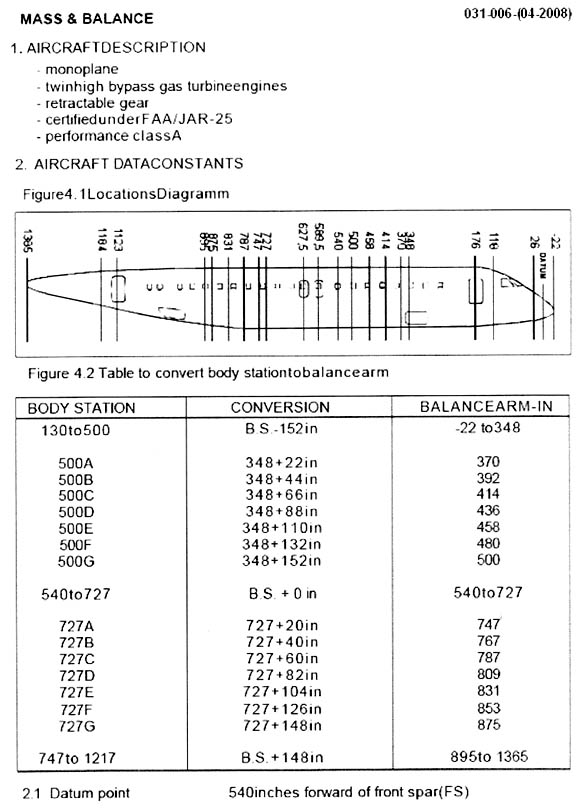 Is calculated for a maximum load factor of +2.5 g.
Is calculated for a maximum load factor of +2.5 g. When has the centre of gravity to be computed ?
Question 79-16 : Prior to every flight at least every four years during every yearly inspection after every 400 hours inspection
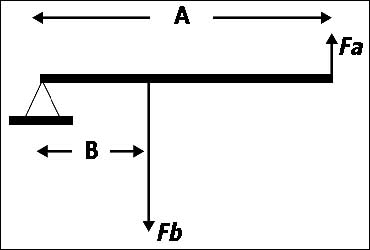 Prior to every flight.
Prior to every flight. The operating mass om is ?
Question 79-17 : The take off mass minus the traffic load the take off mass minus the basic empty mass and crew mass the maximum zero fuel mass minus the traffic load the landing mass minus the traffic load
The 'regulated landing mass' is the ?
Question 79-18 : Lowest of the structural limited landing mass and the performance limited landing mass maximum landing mass established by the aircraft operator maximum landing mass established by the aircraft manufacturer maximum difference between performance limited landing mass and structural landing mass
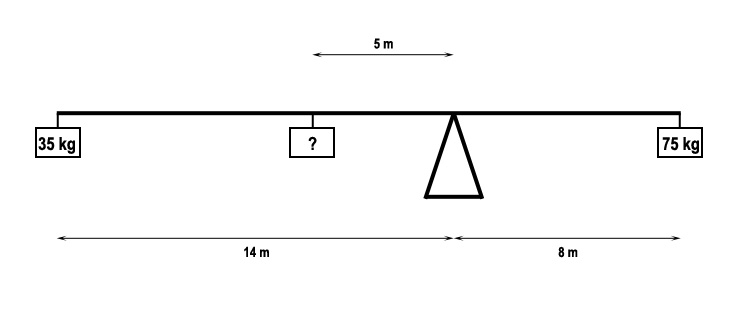 Lowest of the structural limited landing mass and the performance limited landing mass.
Lowest of the structural limited landing mass and the performance limited landing mass. Given .dry operating mass= 29 800 kg.maximum take off mass= 52 400 kg.maximum ?
Question 79-19 : 12 900 kg 13 300 kg 9 300 kg 14 600 kg
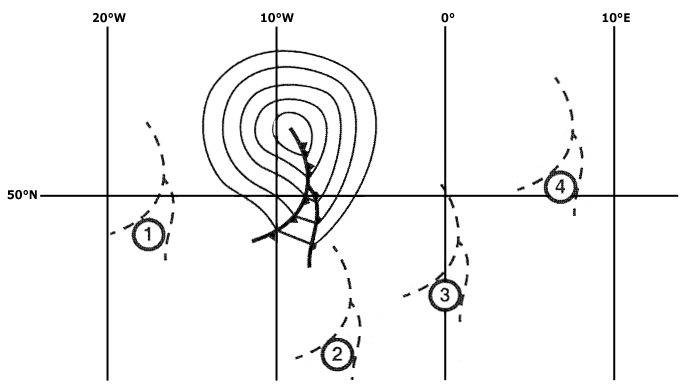 12 900 kg.
12 900 kg. The take off mass of an aircraft is 117 000 kg comprising a traffic load of 18 ?
Question 79-20 : 53 000 kg 71 000 kg 99 000 kg 64 000 kg
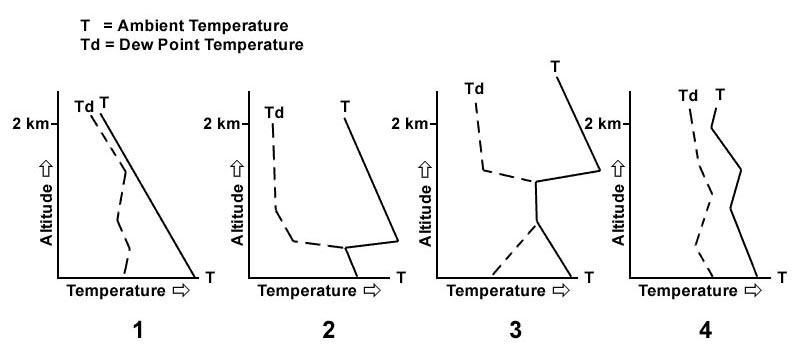 53 000 kg.
53 000 kg. The dry operating mass includes ?
Question 79-21 : Crew and crew baggage catering removable passenger service equipment potable water and lavatory chemicals unusable fuel and reserve fuel fuel and passengers baggage and cargo passengers baggage and cargo
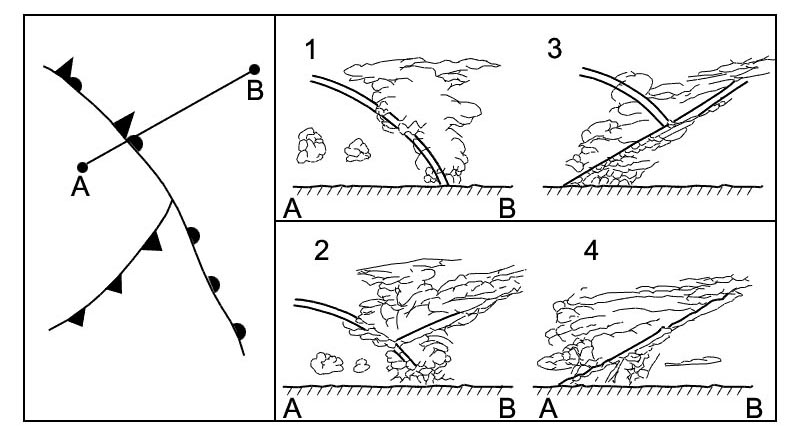 Crew and crew baggage, catering, removable passenger service equipment, potable water and lavatory chemicals.
Crew and crew baggage, catering, removable passenger service equipment, potable water and lavatory chemicals. The maximum load per running metre of an aircraft is 350 kg/m the width of the ?
Question 79-22 : A load of 400 kg in a crate with dimensions 1 2 m x 1 2 m x 1 2 m a load of 500 kg in a crate with dimensions 1 5 m x 1 m x 1 m a load of 400 kg in a crate with dimensions 1 4 m x 0 8 m x 0 8 m a load of 700 kg in a crate with dimensions 1 8 m x 1 4 m x 0 8 m
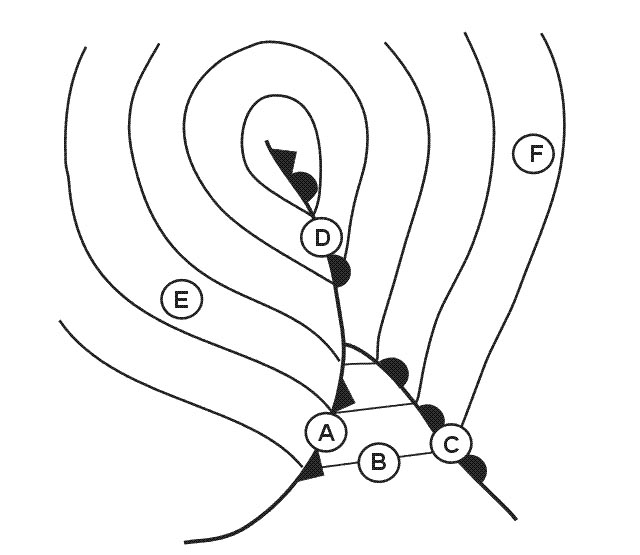 A load of 400 kg in a crate with dimensions 1.2 m x 1.2 m x 1.2 m.
A load of 400 kg in a crate with dimensions 1.2 m x 1.2 m x 1.2 m. Given the following . maximum structural take off mass 48 000 kg. maximum ?
Question 79-23 : 47 800 kg 48 000 kg 48 400 kg 53 000 kg
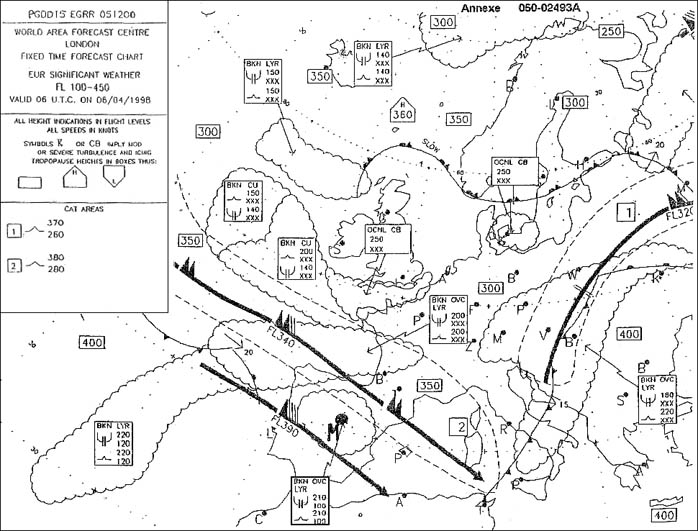 47 800 kg.
47 800 kg. The maximum zero fuel mass .1 is a regulatory limitation.2 is calculated for ?
Question 79-24 : 1 3 5 1 2 3 2 3 5 2 3 4
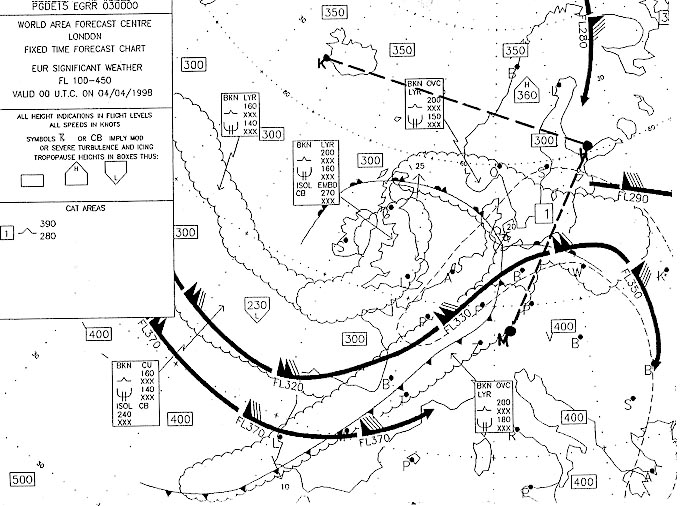 1, 3, 5.
1, 3, 5. At the flight preparation stage the following parameters in particular are ?
Question 79-25 : The dry operating mass includes fixed equipment needed to carry out a specific flight the operating mass is the mass of the aircraft without take off fuel the dry operating mass includes take off fuel the operating mass includes the traffic load
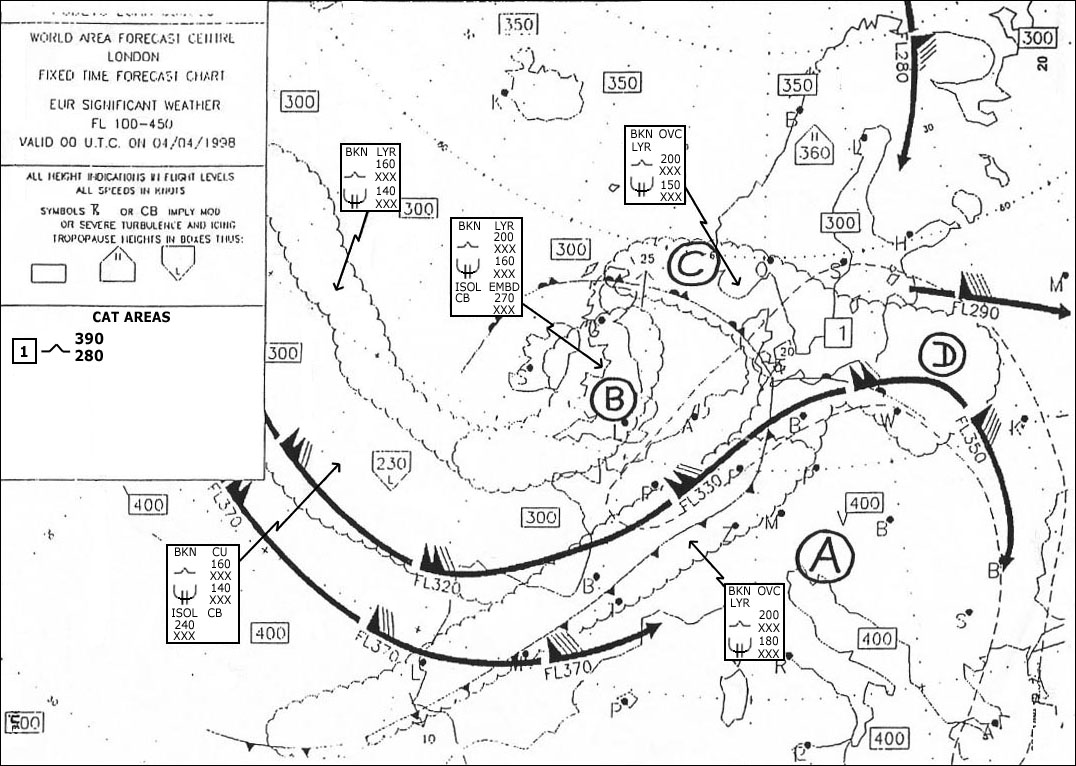 The dry operating mass includes fixed equipment needed to carry out a specific flight.
The dry operating mass includes fixed equipment needed to carry out a specific flight. Which of the following corresponds to zero fuel mass ?
Question 79-26 : The take off mass of an aeroplane minus all usable fuel take off mass minus fuel to destination and alternate operating mass plus passengers and cargo operating mass plus luggage of passengers and cargo
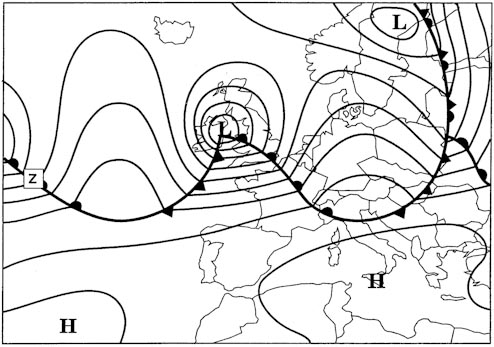 The take-off mass of an aeroplane minus all usable fuel.
The take-off mass of an aeroplane minus all usable fuel. Given that . maximum structural take off mass 146000 kg. maximum structural ?
Question 79-27 : 120 300 kg 120 900 kg 121 300 kg 146 000 kg
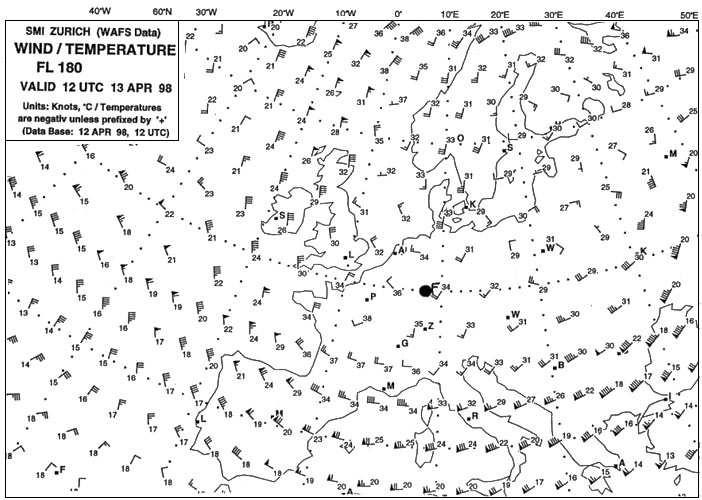 120 300 kg.
120 300 kg. Given . maximum structural take off mass 72 000 kg. maximum structural landing ?
Question 79-28 : 69 600 kg 74 000 kg 72 000 kg 70 400 kg
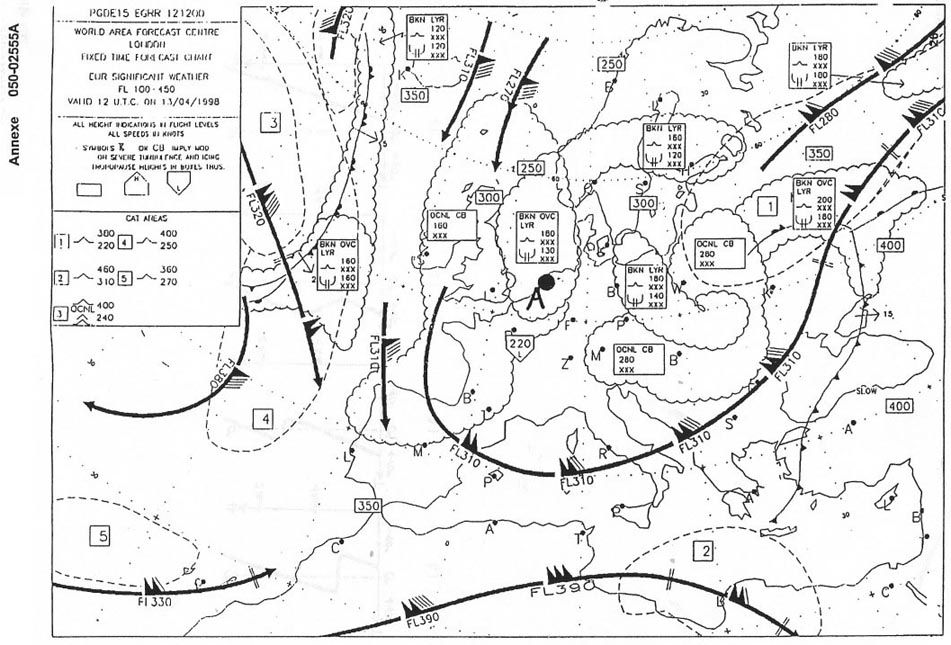 69 600 kg.
69 600 kg. The actual take off mass is equal to 41 545 kg . catering 300 kg. safety and ?
Question 79-29 : 30 665 kg 30 300 kg 30 785 kg 38 300 kg
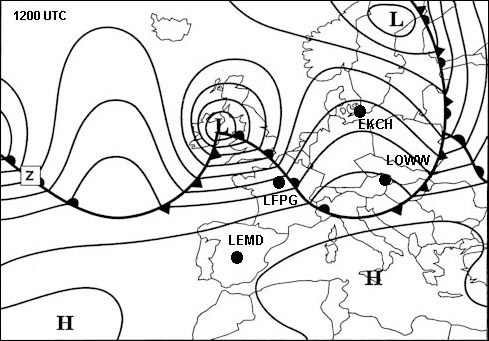 30 665 kg.
30 665 kg. The zero fuel mass of an aeroplane is always ?
Question 79-30 : The take off mass minus the mass of take off fuel the take off mass minus the wing fuel mass the take off mass minus the fuselage fuel mass the maximum take off mass minus the take off fuel mass
 The take-off mass minus the mass of take-off fuel.
The take-off mass minus the mass of take-off fuel. Given .maximum structural take off mass 146 900 kg.maximum structural landing ?
Question 79-31 : 120 900 kg 121 300 kg 113 900 kg 120 300 kg
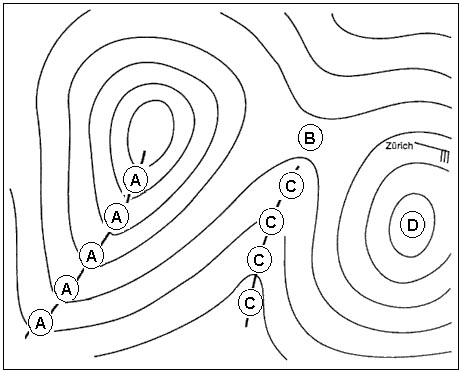 120 900 kg.
120 900 kg. Traffic load is the ?
Question 79-32 : Zero fuel mass minus dry operating mass dry operating mass minus the disposable load dry operating mass minus the variable load take off mass minus zero fuel mass
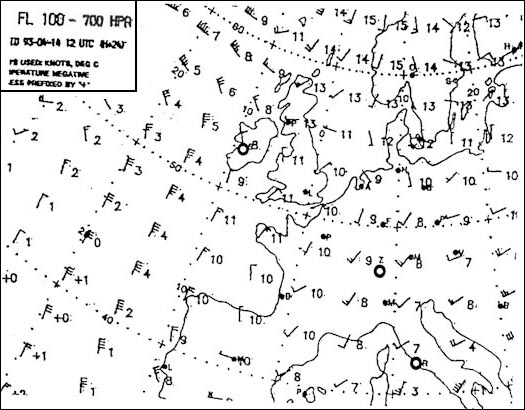 Zero fuel mass minus dry operating mass.
Zero fuel mass minus dry operating mass. While making mass and balance calculation for a particular aircraft the term ?
Question 79-33 : Unusable fuel and full operating fluids all the oil fuel and hydraulic fluid but not including crew and traffic load all the oil and fuel all the consumable fuel and oil but not including any radio or navigation equipment installed by manufacturer
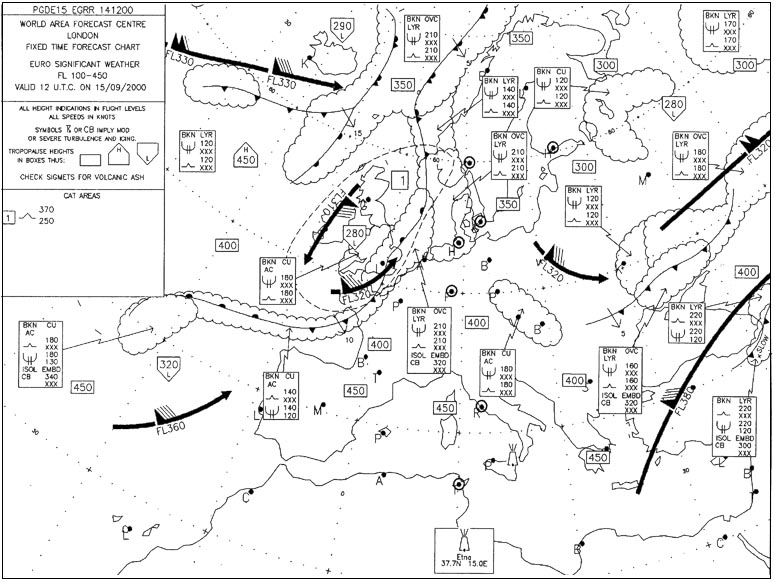 Unusable fuel and full operating fluids.
Unusable fuel and full operating fluids. The term 'maximum zero fuel mass' consist of ?
Question 79-34 : The maximum permissible mass of an aeroplane with no usable fuel the maximum mass authorized for a certain aeroplane not including traffic load and fuel load the maximum mass authorized for a certain aeroplane not including the fuel load and operational items the maximum mass for some aeroplanes including the fuel load and the traffic load
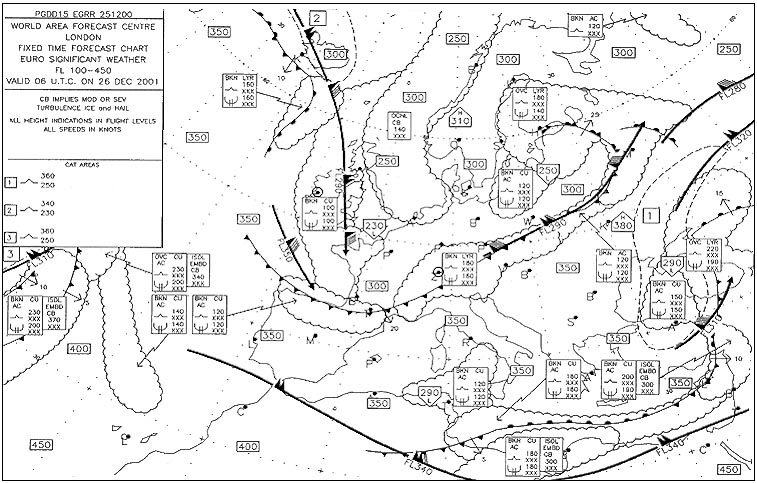 The maximum permissible mass of an aeroplane with no usable fuel.
The maximum permissible mass of an aeroplane with no usable fuel. The actual 'zero fuel mass' is equal to the ?
Question 79-35 : Dry operating mass plus the traffic load operating mass plus all the traffic load basic empty mass plus the fuel loaded actual landing mass plus trip fuel
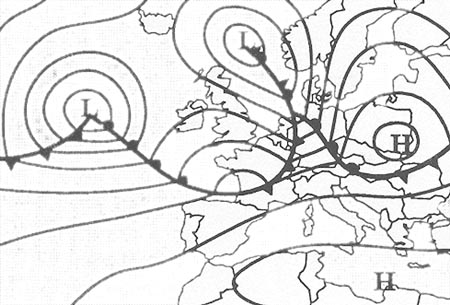 Dry operating mass plus the traffic load.
Dry operating mass plus the traffic load. The actual 'take off mass' is equivalent to ?
Question 79-36 : Dry operating mass plus take off fuel and the traffic load actual zero fuel mass plus the traffic load dry operating mass plus the take off fuel actual landing mass plus the take off fuel
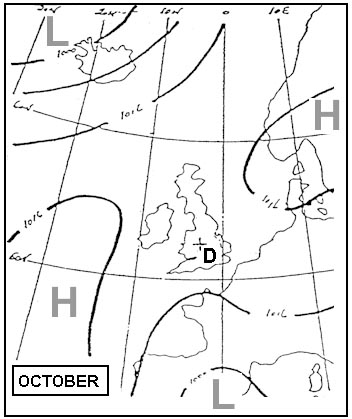 Dry operating mass plus take-off fuel and the traffic load.
Dry operating mass plus take-off fuel and the traffic load. With respect to aeroplane loading in the planning phase which of the following ?
Question 79-37 : Lm = tom trip fuel mtom = zfm + full tank fuel mass mzfm = traffic load + dom reserve fuel = tom trip fuel
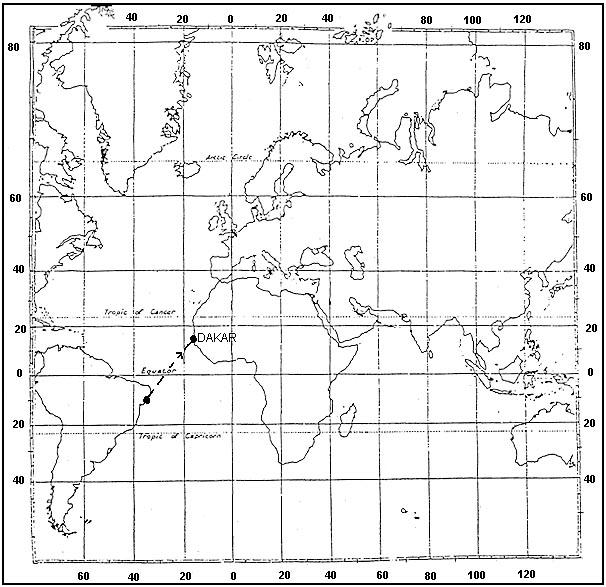 Lm = tom - trip fuel.
Lm = tom - trip fuel. Given an aeroplane with .maximum structural landing mass 125000 kg.maximum zero ?
Question 79-38 : 130500 kg and 26500 kg 130500 kg and 31500 kg 125500 kg and 21500 kg 125500 kg and 26500 kg
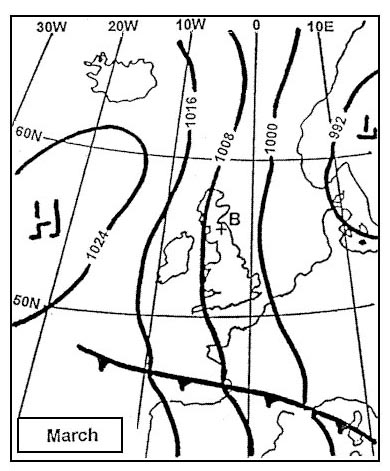 130500 kg and 26500 kg.
130500 kg and 26500 kg. For the purpose of completing the mass and balance documentation the traffic ?
Question 79-39 : Less the operating mass plus the operating mass plus the trip fuel mass less the trip fuel mass
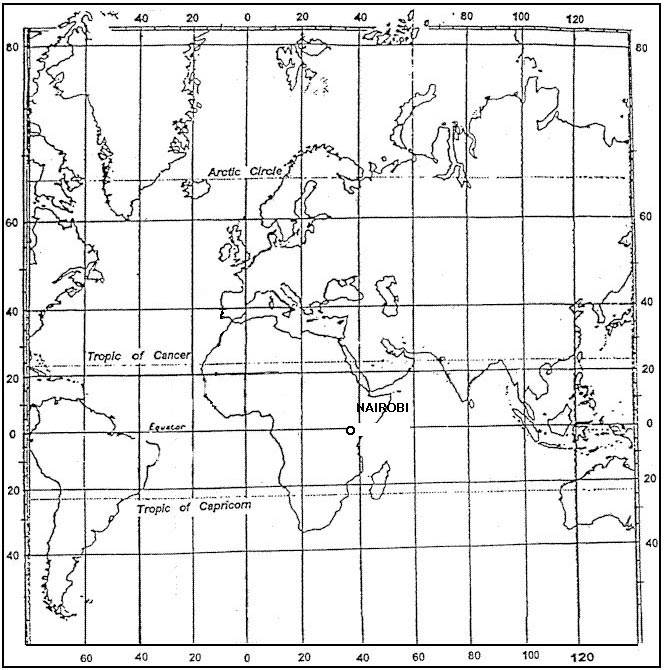 Less the operating mass.
Less the operating mass. For the purpose of completing the mass and balance documentation the operating ?
Question 79-40 : Take off fuel mass ramp fuel mass trip fuel mass ramp fuel mass less the fuel for apu and run up
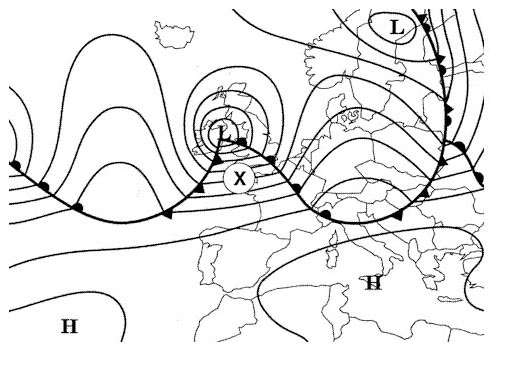 Take-off fuel mass.
Take-off fuel mass. ~
Exclusive rights reserved. Reproduction prohibited under penalty of prosecution.
3119 Free Training Exam
